Causes of The American Revolution: The American colonies’ dissolution from the British Empire in 1776 wasn’t a hasty decision. Instead, a chain of events that started more than a decade earlier culminated in the 13 colonies uniting to fight and defeat the Crown in a war of independence. Escalations started soon after the French and Indian War, also known as the Seven Years War in other places, ended in 1763. The key events that sparked the American Revolution are listed below.
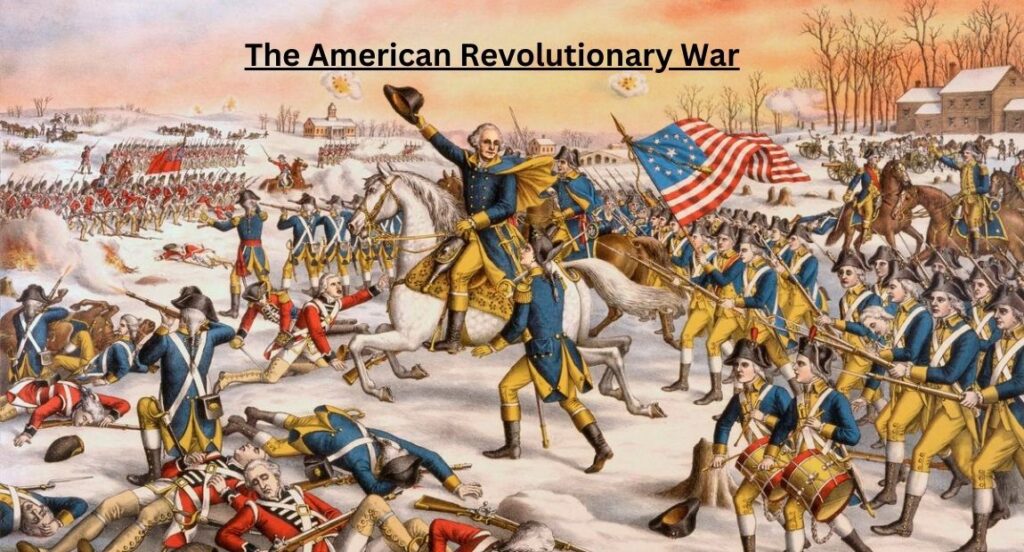
An outline of American independence is provided below:
On July 4, 1776, the United States of America formally broke away from Great Britain. Thomas Jefferson outlined the colonists’ 27 complaints against the British government in the Declaration of Independence. All men are created equal and have certain unalienable rights, such as life, liberty, and the pursuit of happiness, according to the Declaration of Independence.
The colonists fought in the American Revolution, which lasted from 1775 to 1783, to achieve independence from Great Britain. The colonists won the war after a protracted and challenging battle. The Treaty of Paris, which recognised the United States of America’s independence, was signed in 1783.
In the United States, July 4th is designated as Independence Day, a national holiday. Americans should take this opportunity to celebrate their independence and freedom. Parades, barbeques, fireworks displays, and other patriotic events are frequently included of Independence Day celebrations.
Explain the significance, impact and Causes of The American Revolution
The independence of the United States is hugely significant. The Declaration of Independence was a revolutionary statement that affirmed the right of the people to self-government while contesting the traditional idea of monarchy. The American Revolution was a successful insurrection that served as an example for other nations to struggle for their own independence.
The United States’ independence has had a significant impact. The United States is now a leading example of democracy and a superpower in the world. The American Revolution is regarded as one of the most significant events in modern history, and many other nations have embraced the Declaration of Independence’s values.
Here are some concrete instances of the importance and influence of American independence:
- The French Revolution, which ended the monarchy and established a republic in France, was motivated by the Declaration of Independence.
- Other freedom movements around the world, such as the Haitian Revolution, the Mexican War of freedom, and the South American wars of independence, were influenced by the American Revolution.
- The United States is now a major proponent of democracy and human rights and a global superpower.
- Many other nations, such as India, South Africa, and the Philippines, have embraced the Declaration of Independence’s objectives.
- The American Revolution is studied in schools all around the world and is regarded as one of the most significant historical occurrences.
The independence of the United States is a pivotal moment in world history that profoundly affected the trajectory of human affairs. People all across the world have been motivated to struggle for their own liberation by the principles of freedom, democracy, and human rights that were embodied in the Declaration of Independence. For those who long for freedom and democracy, the United States has emerged as a ray of hope, and the country’s independence serves as a reminder that, when people are prepared to stand up for what they believe in, everything is possible.
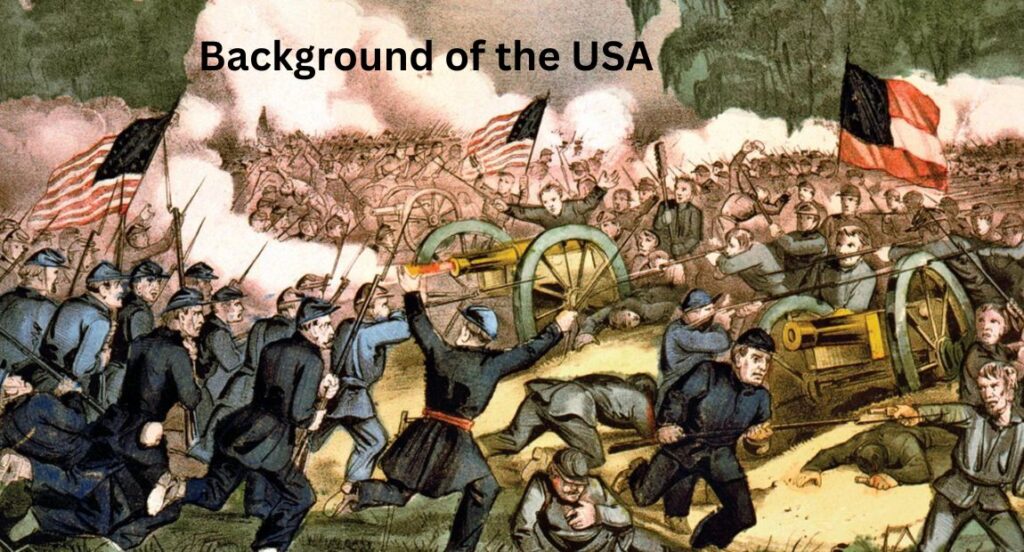
Causes of The American Revolution
The United States of America (USA) is a sizable nation in North America. It consists of 50 states, Washington, D.C., a federal district, five significant self-governing territories, and numerous possessions. The nation is the third most populated in the globe with a population of over 331 million varied individuals.
The history of the United States begins with the 16th century arrival of European people. Along the eastern coast, the British created colonies that finally proclaimed their independence from the British Empire in 1776. As a result, a new country was created that was built on democratic and individual rights ideas, and the United States Constitution was adopted in 1787.
The USA has developed and grown significantly during the course of its history. Through territorial acquisitions like the Louisiana Purchase and the Mexican Cession, it grew westward in the 19th century. The nation saw significant urbanisation and industrialization, becoming as a major economic and military force on the world stage.
The United States participated actively in both World Wars, became a superpower following World War II, and fought the Soviet Union in the Cold War. It has participated in numerous wars and armed actions all over the world.
Its complex tapestry of traditions and customs is noted for its cultural diversity, which is a result of immigration from all over the world. Particularly in fields like aircraft, computer technology, and biotechnology, the USA has been a centre for innovation and technical growth.
A president serves as the head of state and government in the federal republic that is the USA. The Bill of Rights, the first 10 articles to the Constitution, which upholds individual freedoms and civil liberties, has a long history in the nation.
The United States is another significant economic force in the world, having a sophisticated and diverse economy. It has a significant impact on global trade and finance and is home to numerous multinational enterprises.
The USA has significantly influenced a variety of cultural industries, including literature, music, movies, and sports. Numerous famous sights and attractions can be found there, such as the Statue of Liberty, the Grand Canyon, the Golden Gate Bridge, and the White House.
Overall, the USA is a complex and varied country with a vibrant culture, a long history, and a global influence in a number of fields.
Road to Independence
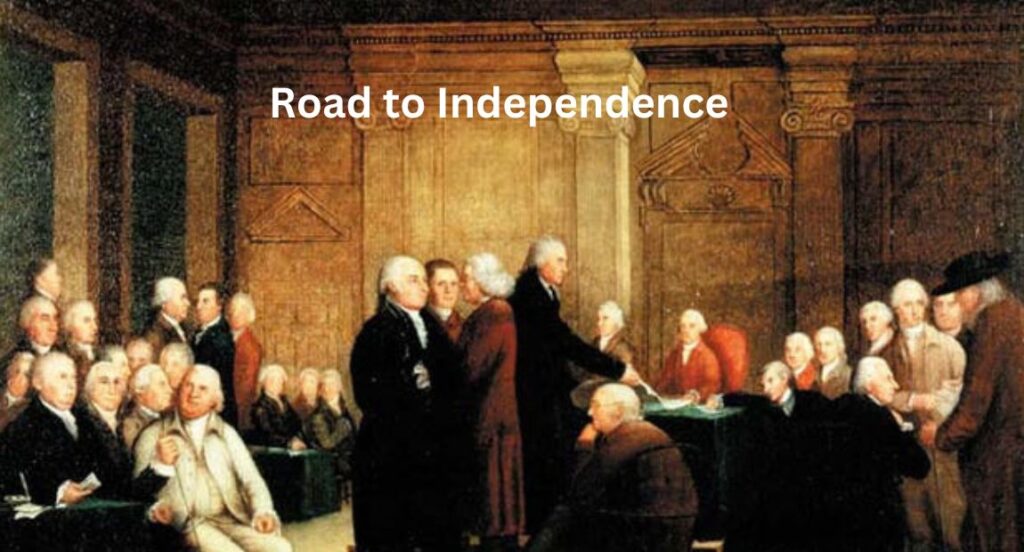
The United States’ path to freedom was an important historical journey that lasted for several decades. An outline of the significant occasions and turning points that led to American freedom is provided below:
- Colonial Period: The British founded thirteen colonies along North America’s eastern seaboard in the 17th and 18th centuries. Although initially governed by the British, these colonies—among them Massachusetts, Virginia, and Pennsylvania—developed their own unique identities and political structures.
- French and Indian War (1754–1763): Britain won a significant victory in this battle between Britain and France, which was fought mostly in North America. The conflict did leave Britain in debt, though, and attempts to raise money from the American colonies followed.
- Sugar Act (1764) and Stamp Act (1765):The British Parliament established the Sugar Act (1764) and the Stamp Act (1765) in an effort to raise money. These laws imposed tariffs on various items and mandated that colonial enterprises use stamped paper for legal papers. The colonists, who contended that they were being taxed without representation, responded with strong opposition.
- Boston Massacre (1770) and Boston Tea Party (1773):Tensions between colonists and British authority grew, as evidenced by the Boston Massacre (1770) and Boston Tea Party (1773). A group of colonists in Boston were shot at by British soldiers in 1770, which resulted in multiple fatalities. The Boston Tea Party, a protest against the Tea Act in 1773, was carried out by colonists who threw British tea into Boston Harbour.
- Intolerable Acts (1774): The British Parliament enacted a slew of harsh laws known as the Intolerable Acts in reaction to the Boston Tea Party, which limited colonial self-governance and shut down the port of Boston.
- First Continental Congress (1774): Twelve colonial representatives met in Philadelphia for the First Continental Congress (1774) to air grievances and plan a reaction to British policy. They sought a solution but refrained from supporting complete independence.
- American Revolution (1775-1783):The Battles of Lexington and Concord in 1775 marked the beginning of the American Revolution (1775–1783), a period of armed warfare between the American colonies and Great Britain. Under the leadership of individuals like George Washington, the colonists struggled for their independence over the course of the following eight years. The Battle of Yorktown triumph by the Americans in 1781 marked a turning point and sparked peace talks.
- Declaration of Independence (1776): On July 4, 1776, the Continental Congress approved Thomas Jefferson’s draught of the Declaration of Independence, reaffirming the colonies’ constitutional right to self-government.
- Treaty of Paris (1783): After discussions, the Treaty of Paris was signed, establishing the United States’ boundaries and formally recognizing it as an independent country.
On the path to independence, there were demonstrations, boycotts, wars, and ultimately the founding of a new country based on the values of liberty and self-governance. Both the history of North America and the spread of democratic principles around the world were significantly impacted by the American Revolution and the subsequent founding of the United States.
Declaration of Independence
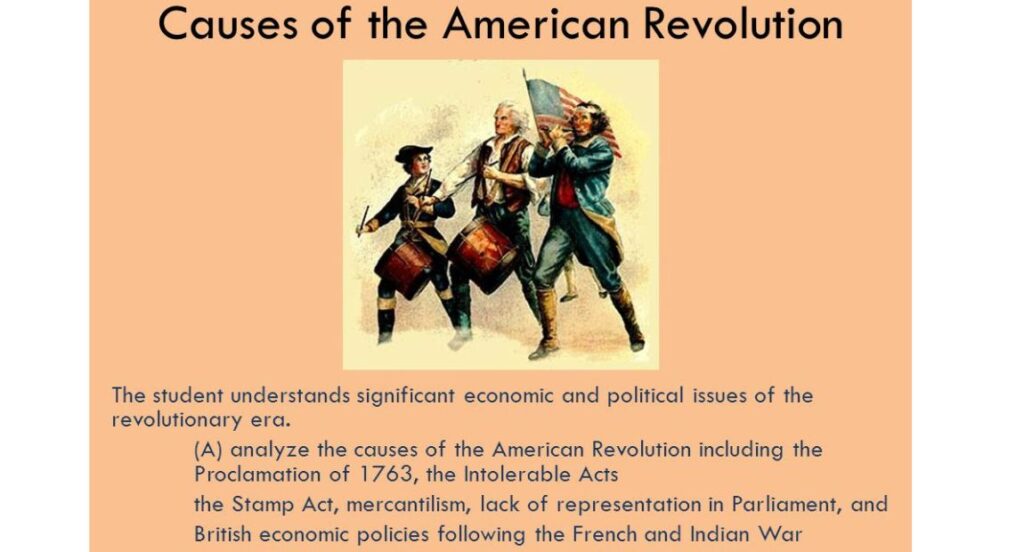
A declaration known as the Declaration of Independence was issued by the Second Continental Congress on July 4, 1776, and it stated that the thirteen American colonies, which were at war with Great Britain at the time, were no longer a part of the British Empire and were now sovereign states.
The proclamation was principally written by Thomas Jefferson, one of the Founding Fathers of the United States. A legal justification for the Founding Fathers’ belief that the colonies had the right to secede from the British Crown was provided in the Declaration of Independence, which announced the colonies’ independence from Great Britain.
The Declaration of Independence consists of three distinct sections: ( Causes of The American Revolution)
- A preamble outlining the fundamental tenets upon which the new country will be based.
- A list of complaints made by the colonies to the British government that supported their choice to renounce British rule.
- A proclamation of independence, through which the colonies’ links to Great Britain were formally dissolved.
All men are born equal and endowed by their Creator with certain unalienable rights, including life, liberty, and the pursuit of happiness, according to the Declaration of Independence’s preamble. It also states that governments were established among men to protect these rights and that anytime a government starts working against these goals, the people have the right to change or overthrow it.
There are 27 issues on the list of complaints made against the British government, including taxation without representation, housing troops in private residences, and repression of free speech. The colonies attempted a peaceful resolution to their complaints, according to the declaration of independence, but the British administration refused to take them seriously. As a result, the colonies are independent states and no longer under British control.
For its time, the Declaration of Independence was a revolutionary text. It proclaimed the right of the people to self-government while challenging the conventional idea of monarchy. People striving for freedom and democracy all over the world have referred to the Declaration of Independence as “one of the most important state papers in history” and hailed it as an example.
The Revolutionary War
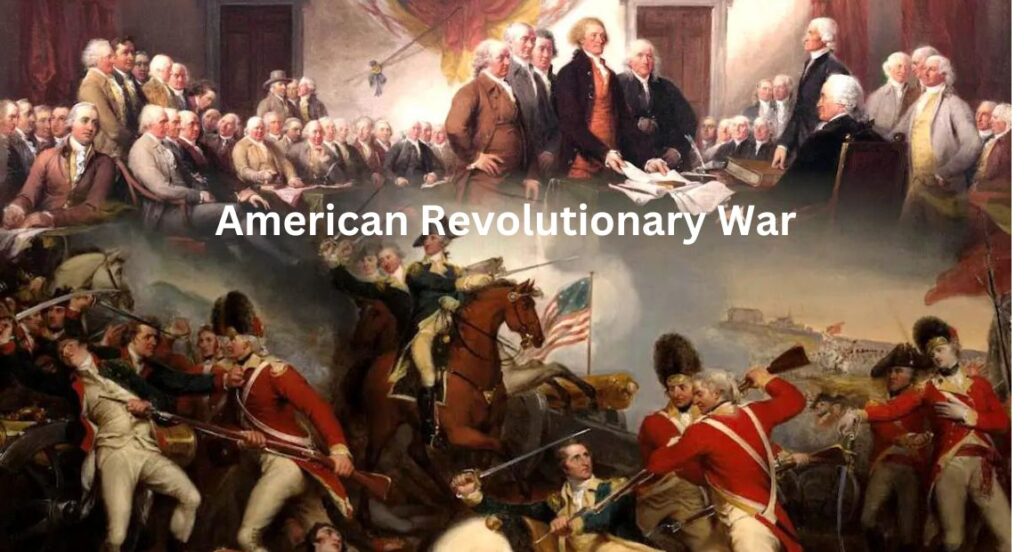
The United States of America and thirteen of Great Britain’s North American colonies engaged in battle during the American Revolutionary War (1775–1783).
After years of rising tensions between the British government and the colonists, the conflict started in 1775. The colonists disapproved of British taxing practises and attempts by the British government to obstruct their right to self-rule.
Although most of the fighting took place in the North American colonies, there were also conflicts in the Caribbean and Europe. Although the colonists were fighting on their own territory and were driven by a desire for freedom, the British had a stronger army and naval.
The war was a brutal fight that lasted eight years. Ultimately, the colonists won, and on July 4, 1776, the United States proclaimed its independence.
History’s biggest turning point was the Revolutionary War. It was the first successful insurgency against a European power, and it served as an inspiration for later insurgencies all over the world. The Declaration of Independence’s commitment to democracy and freedom has had a profound effect on the entire world.
For more information on the Causes of The American Revolution. keep reading our blogs.
Author: allykazmi

Good information sir.please keep updating
thanks keep reading.
юридическая консультация по телефону бесплатно круглосуточно бесплатная консультация юриста по телефону.
thanks
algkvqdio
Автоюрист | Как выбрать лучшего автоюриста | Услуги автоюриста – защита ваших прав | Как снизить штрафы с помощью автоюриста | Автоюрист – ваш надежный помощник на дороге | Как избежать неприятностей на дороге с автоюристом | Что нужно знать при обращении к автоюристу | Автоюристы: кто они и чем могут помочь вам | Как правильно составить исковое заявление с помощью автоюриста | Автоюрист: защитник вашего автомобиля и ваших интересов | Как избежать подделки документов совместно с автоюристом | Права автомобилистов: как их защитить с помощью автоюриста | Автоюристы: особенности сотрудничества и расценки | Когда необходимо обращаться за помощью к автоюристу | Защита прав автовладельцев в сложных ситуациях с автоюристом | Автоюристы и дорожная полиция: какое взаимодействие они имеют | Как не попасть на мошенников среди автоюристов | Автоюристы: какие права они могут защитить при ДТП | Судебные тяжбы в области автомобильных прав и роль автоюриста | Как избежать неприятностей на дороге с опытным автоюристом
юрист по автомобильным делам автоюристы бесплатная консультация круглосуточно.
Развод без суда: можно или нет?
юрист по бракоразводным процессам адвокат по семейному праву.